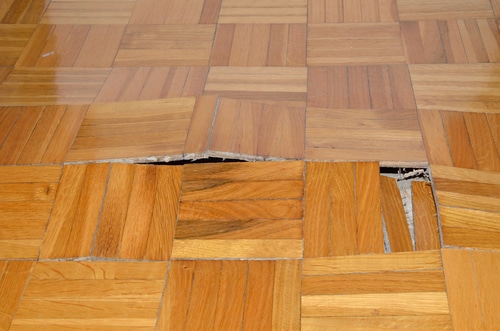Six Ways to Spot Covert Water Line Leaks Successfully
Six Ways to Spot Covert Water Line Leaks Successfully
Blog Article
They are making a few great observations relating to Locating water leaks overall in the content further down.

Early discovery of dripping water lines can reduce a prospective disaster. Some tiny water leakages might not be visible.
1. Analyze the Water Meter
Every house has a water meter. Examining it is a proven way that helps you uncover leaks. For starters, switch off all the water sources. Ensure no person will purge, utilize the faucet, shower, run the cleaning device or dish washer. From there, most likely to the meter and watch if it will certainly alter. Because no one is using it, there ought to be no activities. If it relocates, that shows a fast-moving leak. Similarly, if you discover no changes, wait an hour or two and check back once again. This suggests you may have a slow-moving leak that can even be underground.
2. Check Water Consumption
Evaluate your water bills and track your water consumption. As the one paying it, you need to see if there are any kind of disparities. If you identify sudden changes, in spite of your consumption being the same, it suggests that you have leakages in your plumbing system. Remember, your water bill need to drop under the same array on a monthly basis. An unexpected spike in your bill shows a fast-moving leak.
A consistent rise every month, even with the same routines, reveals you have a slow-moving leakage that's also slowly escalating. Call a plumber to completely inspect your property, especially if you really feel a cozy location on your flooring with piping below.
3. Do a Food Coloring Examination
When it comes to water usage, 30% comes from toilets. If the shade somehow infiltrates your dish during that time without flushing, there's a leakage between the container and dish.
4. Asses Outside Lines
Don't neglect to inspect your outdoor water lines also. Must water permeate out of the connection, you have a loose rubber gasket. One tiny leakage can lose heaps of water as well as spike your water costs.
5. Examine the situation and also check
Homeowners must make it a behavior to examine under the sink counters as well as even inside closets for any kind of bad odor or mold and mildew development. These 2 red flags suggest a leakage so punctual attention is called for. Doing regular assessments, also bi-annually, can conserve you from a significant issue.
More significantly, if you understand your house is already old, keep a watchful eye on your heating units, hose pipes, pipes and so on. Look for stainings and compromising as most devices as well as pipes have a life span. They will additionally naturally wear away because of wear and tear. If you presume leaking water lines in your plumbing system, do not await it to escalate. Call an expert plumber today so you do not wind up with a horrible mess in your home.
Early detection of leaking water lines can reduce a potential disaster. Some little water leakages may not be noticeable. Inspecting it is a surefire means that assists you discover leakages. One tiny leakage can lose loads of water and also surge your water bill.
If you presume leaking water lines in your plumbing system, don't wait for it to rise.
WARNING SIGNS OF WATER LEAKAGE BEHIND THE WALL
PERSISTENT MUSTY ODORS
As water slowly drips from a leaky pipe inside the wall, flooring and sheetrock stay damp and develop an odor similar to wet cardboard. It generates a musty smell that can help you find hidden leaks.
MOLD IN UNUSUAL AREAS
Mold usually grows in wet areas like kitchens, baths and laundry rooms. If you spot the stuff on walls or baseboards in other rooms of the house, it’s a good indicator of undetected water leaks.
STAINS THAT GROW
When mold thrives around a leaky pipe, it sometimes takes hold on the inside surface of the affected wall. A growing stain on otherwise clean sheetrock is often your sign of a hidden plumbing problem.
PEELING OR BUBBLING WALLPAPER / PAINT
This clue is easy to miss in rooms that don’t get much use. When you see wallpaper separating along seams or paint bubbling or flaking off the wall, blame sheetrock that stays wet because of an undetected leak.
BUCKLED CEILINGS AND STAINED FLOORS
If ceilings or floors in bathrooms, kitchens or laundry areas develop structural problems, don’t rule out constant damp inside the walls. Wet sheetrock can affect adjacent framing, flooring and ceilings.
https://www.servicemasterbyzaba.com/blog/how-to-detect-water-leakage-in-walls/

I recently found that review on Detecting hidden plumbing leaks while browsing the web. Are you aware of another person who is fascinated with the subject? Feel free to promote it. I appreciate reading our article about Finding hidden leaks.
Pro help? Call now! Report this page